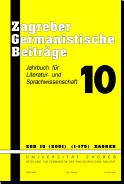
We kindly inform you that, as long as the subject affiliation of our 300.000+ articles is in progress, you might get unsufficient or no results on your third level or second level search. In this case, please broaden your search criteria.

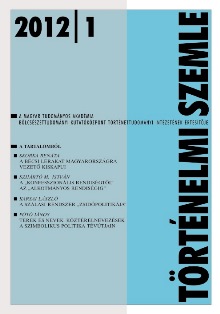
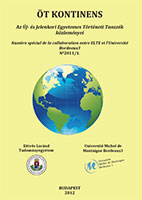
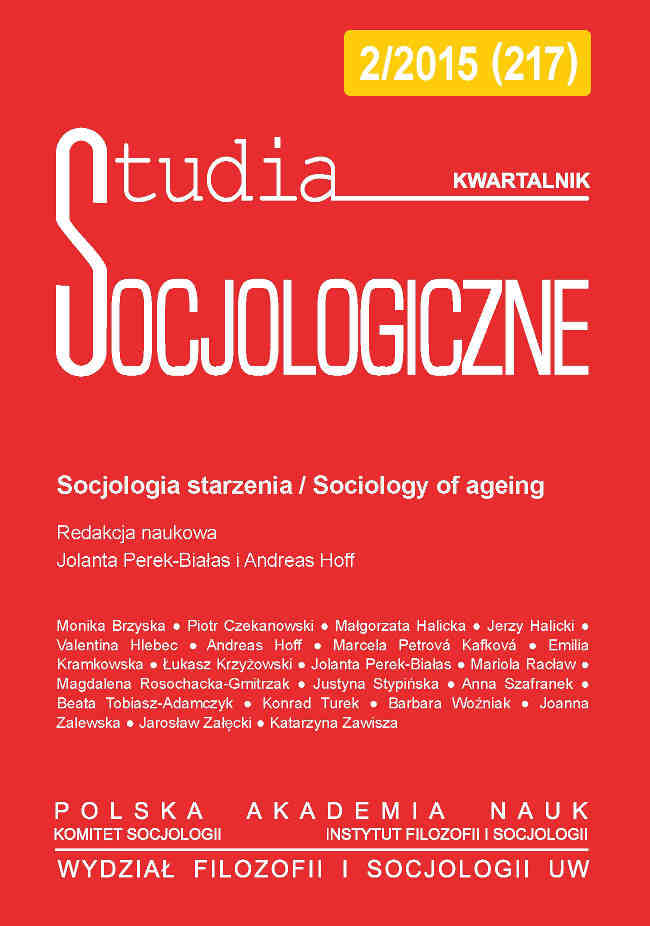
While Central and Eastern European (CEE) countries have not yet dealt with all social problems resulting from the post-communist transformation process they are faced with a new challenge – the transition towards ageing societies. Demographic projections indicate that CEE is en route towards becoming the oldest part of Europe in the second half of the 21st century. This article argues that the sociology of ageing is uniquely equipped with the necessary toolkit for analysing emerging social problems and social cleavages characteristic of ageing societies and for proposing mechanisms for their solution. Subsequently, we will outline the contribution of sociology of ageing theory building to the analysis of ageing societies, beginning with the international sociology of ageing before focusing specifically on the sociology of ageing in CEE. The introduction of the articles in this Special issue of STUDIA SOCIOLOGICZNE is embedded in this discussion.
More...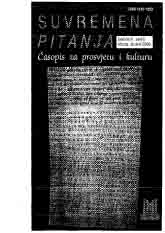
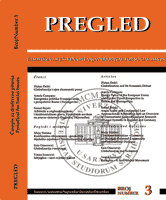
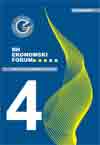
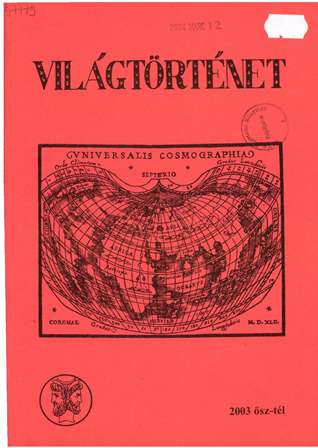
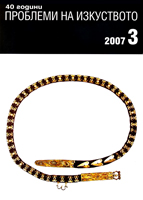
This article examines the content of narrative compositions in Khazarian art, which are interpreted from the point of view of universal spatio-temporal symbolic systems, namely calendrical systems and those connected with the World Tree. The text particularly emphasizes the under-appreciated role Sogdian art played in the formation of Khazarian visual art.
More...

This article is dedicated to the problem of the significance of Gryphon designs on bone plates of Byzantine origin that were found in medieval layers of the Taman fortified site (known as Tamatarhi to the Khazarians and Matrachi to the Byzantines). The author suggests that the image of the Gryphon possessed magical-symbolic significance above and beyond its decorative symmetrical use in the composition and that the bone plates were most likely placed on top of the burial shroud as a means of protection.
More...

This article examines problems related to one of the scenes depicted on the so-called “Ohrid Doors” or the doors of the Church of St. Nicholas Bolnichki in Ohrid. It is one of the scenes included in the doors’ conceptual program that has not yet been identified and interpreted. Two possible interpretations have been suggested. The first connects the scene with illustrations from the life of the Prophet Jonah (Jonah 1:15 - 2:1) (M. Chorovic-Lyubinkovic and D. Drumev), while according to the second, the composition is related to the signs of the zodiac and the calendar (A. Grabar). However, closer analysis has established that such interpretations of the scene are not sufficiently convincing. A comparison of the scene with passages from the book of Genesis has given rise to the considerably more plausible the- sis that the image represents the scene of “Adam Naming the Animals.” In our opinion, it was influenced by the allegorical interpretation offered in the works of church writers (such as Origen; Theodorit of Cyr; St. Ambrose, Bishop of Milan; Narsai of Edes) about Adam and his power over the animals. The image not only represents the scene “Adam Naming the Animals,” but also shows us Adam in his glory as the master of the Earthly Paradise created by God. It is closely related to the more ancient Yahvist version of creation reflected in the book of Genesis (Gen. 1:26), as well as in one verse from the Psalter (Ps. 8:7-9), finding its closest parallel in scenes in mosaics from fifth- century Syria (Huarte, Hama and Copenhagen) and Greek and Latin psalters from the 8th through the 13th centuries. The scene and the symbolism found therein played a major role in legitimizing zoomorphic images in Christian art. It positions creatures with respect to man and the world in a symbolic way. Its symbolism expresses Adam’s status as the master of all creation, who gave names (qualities) to the animals. This made it possible for zoomorphic motives to exist in medieval Christian art as independent units of meaning, appearing as the personification of just such spiritual qualities and states.
More...